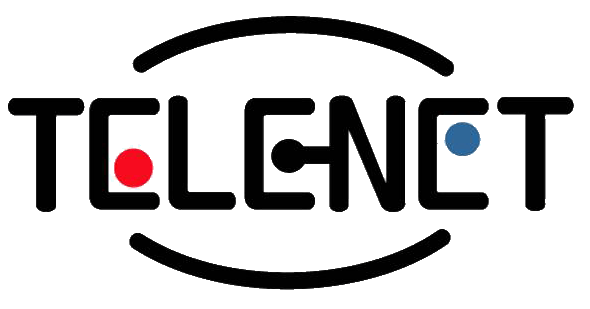
why OMOTENASHI?
Handing over your customers to someone else to care for can be nerve-wracking. It's like a parent doing background checks on background checks to make sure they choose the right babysitter. It's understandable. It's expected.
This is why we put so much stress on our core culture of omotenashi. We hope this puts your mind at ease.
The word omotenashi can be traced back to the Japanese tea ceremony where tea is mindfully prepared for the guest. While the movements are carefully considered, perfection is not the main goal. The focus is on the guest and preparing tea in a heartfelt way. This makes sense when looking at the two components of the word— "omote," meaning "public facing," and "nashi," meaning "none." Loosely translated it means "no pretense," or "no ulterior motive." In the context of hospitality, it represents service in a heartfelt and genuine manner.
With technology advancing so rapidly and commanding an ever increasing portion of our attention, it has become easy to focus on the latest-and-greatest trend and lose sight of timeless principles. Software and technology are invaluable tools in the quest for customer satisfaction. But they should never be the complete solution in something so organic as a customer interaction.
Of course we make it a priority to stay on top of current industry trends. And we make sure we are knowledgeable about the latest support software. However, our main goal is to provide you with a caring and responsive team that wants the best for your customer.
Every aspect of our culture is influenced by this concept of omotenashi. From the way that we respond to emails and answer calls, to how we interact with our fellow employees. Because no matter how much technology advances or how many apps and widgets are developed, in the end it is about how your customer feels.
This is omotenashi. And you and your customer are why we do it.

